Full Planning Permission has recently been granted for a new proposed Passive House in Portobello, Dublin 8.



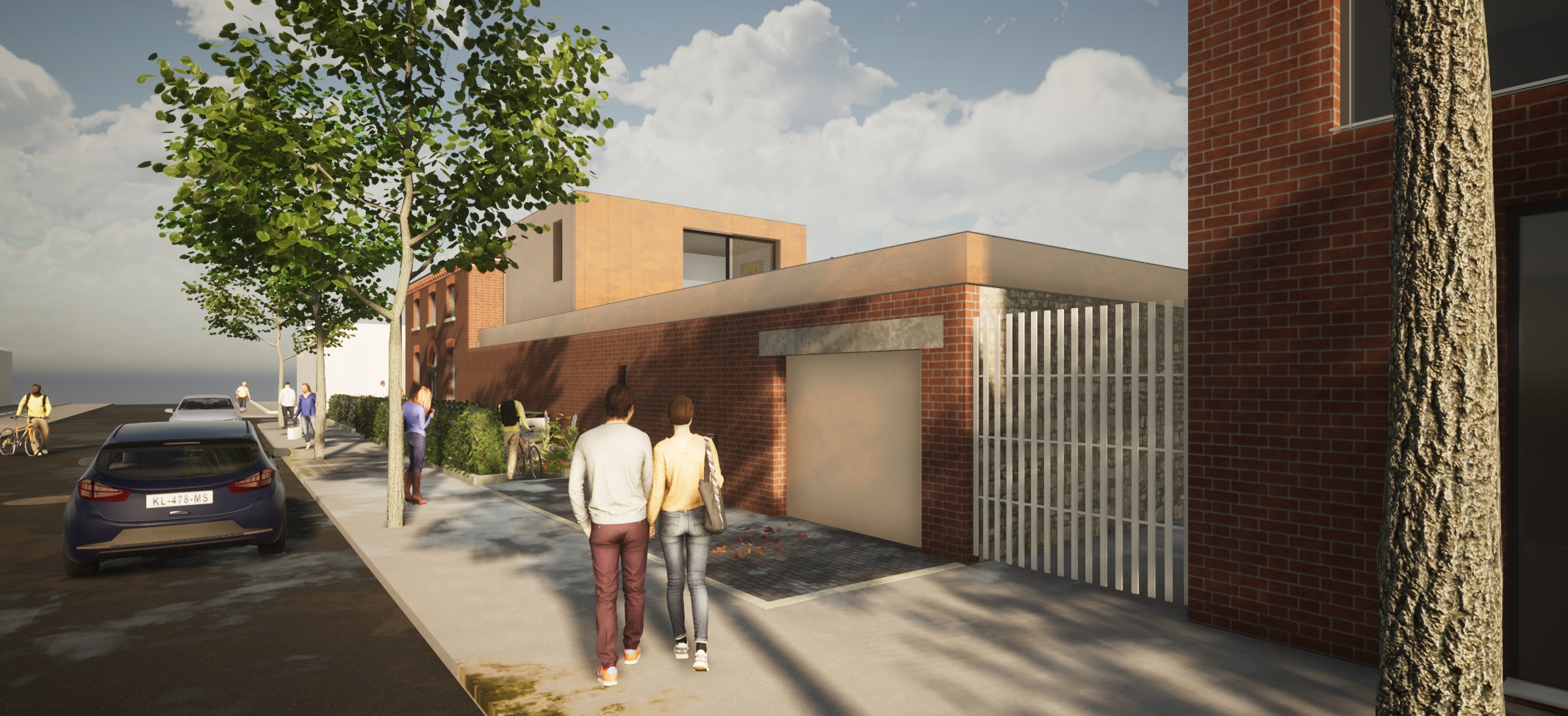
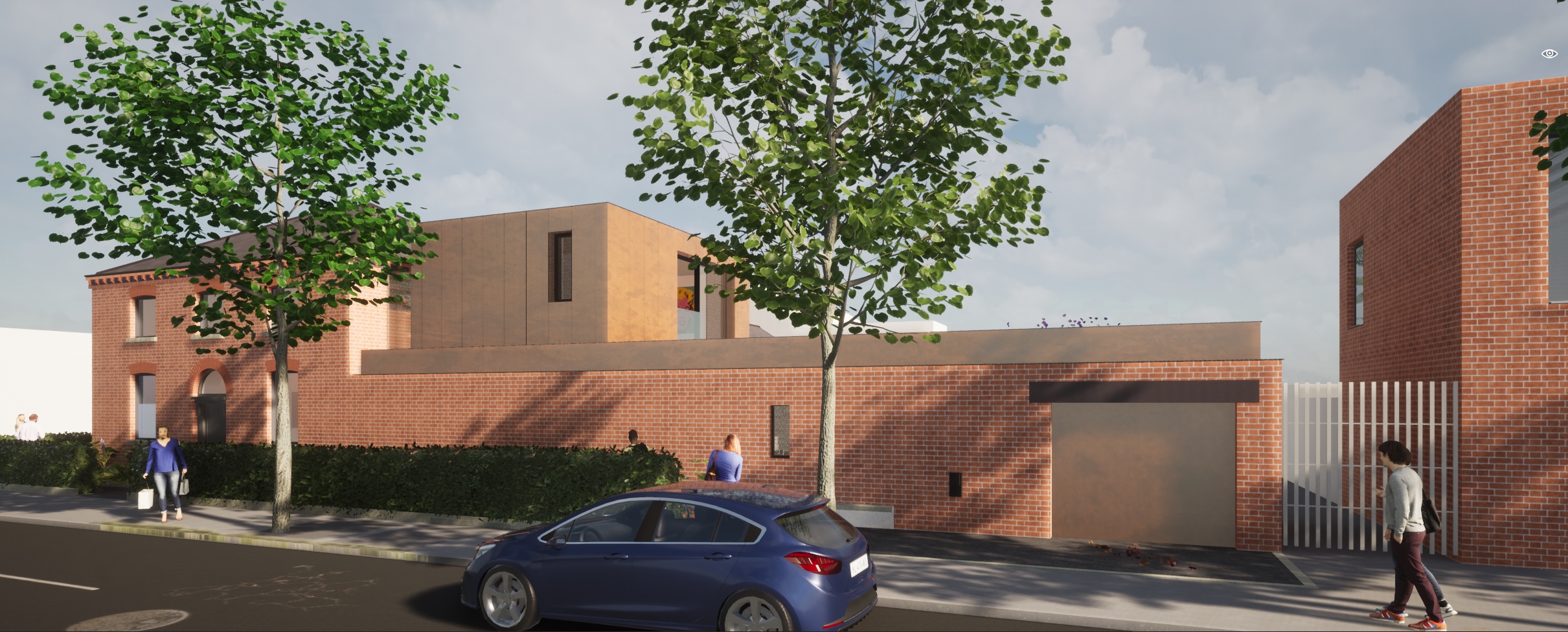

Creative & client-focused architectural practice
Full Planning Permission has recently been granted for a new proposed Passive House in Portobello, Dublin 8.






Our NZEB deep retrofit and extension of a Victorian terrace house in Dublin 8 is featured in this months issue of Passive House + magazine








This week Daniel participated in the RIAI CPD on nZEB and Technical Guidance Document Part L (Dwellings) – delivering a presentation on our recently completed A1 rated, nZEB dwelling in Dublin 8, and Cost Optimality of nZEB




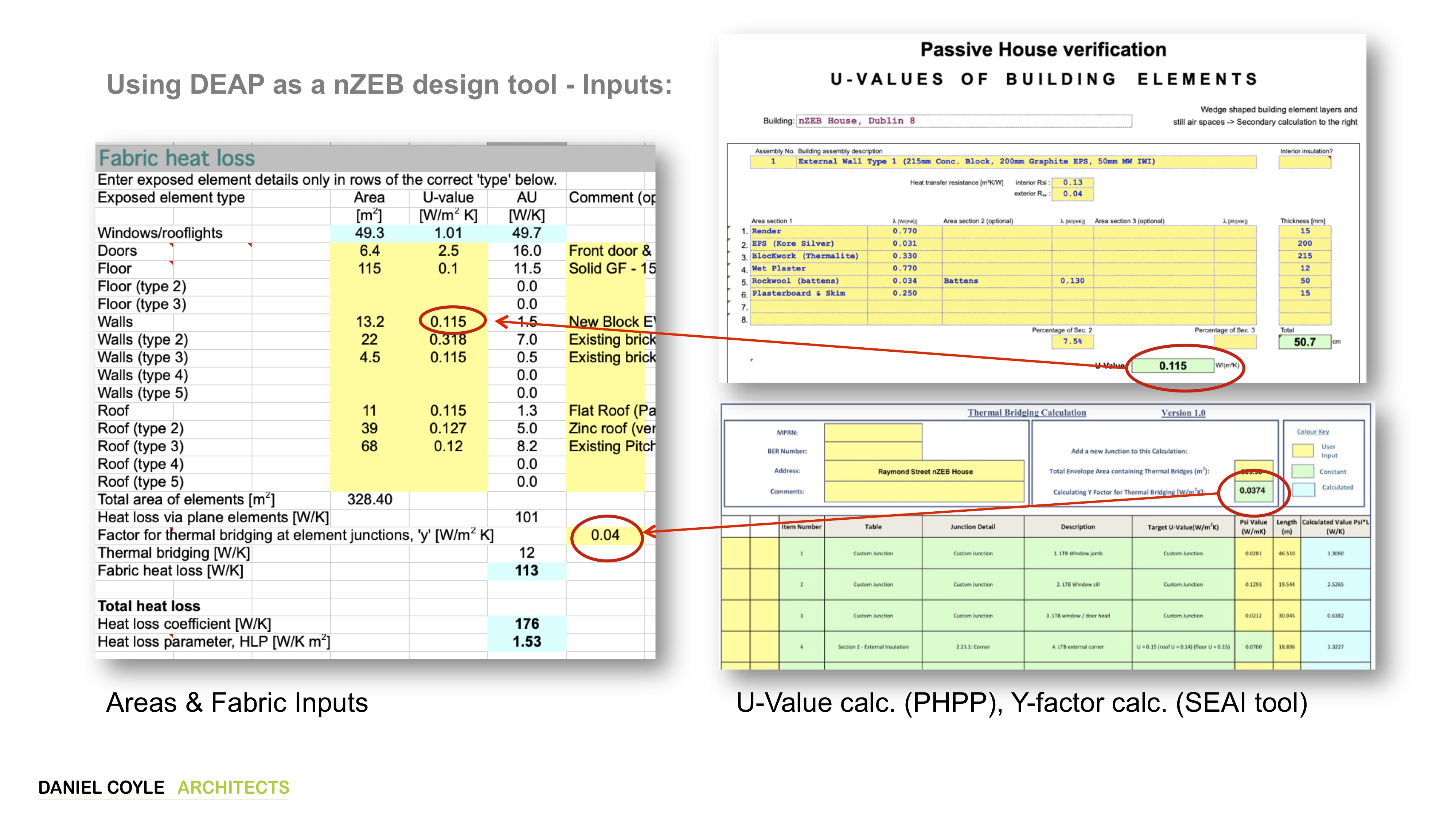






Initial Blower Door Air Tightness Test has been carried out this week on our nZEB (nearly-Zero Energy Building) house in Dublin 8. The contract specification set a Q50 target of 1.0 m3/hr.m2 (at 50 Pascals pressurisation), roughly equivalent to the Passive House ‘EnerPHit’ standard for the retrofitting of existing buildings. The refurbished and extended dwelling has achieved an initial air permeability result of 0.8 m3/hr.m2 @50Pa. To put this in context – the maximum permitted air permeability level (for new dwellings) under the current Building Regulations is 7.0 m3/hr.m2 @50Pa, so the nZEB house is achieving an air-tightness standard nearly 10 times that required under the current Regulations.


This ambitious level of structural air-tightness is a vital component of the overall low-energy strategy for the dwelling – reducing to a minimum heat losses occurring through uncontrolled air-infiltration (drafts and air-leaks), whilst also minimising risks of interstitial condensation (moisture vapour passing through the building fabric and condensing on concealed surfaces within the structure). Achieving a high standard of air-tightness was also essential in order to deliver optimum efficiencies from the dwelling’s combined heating and ventilation system – an Exhaust Air Heat Pump, which recovers heat from extracted air and recycles it to provide space heating and domestic hot water.
The airtightness level has been achieved by robust detail design, together with careful and diligent execution by the Main Contractor and Sub-Contractors on site. An almost continuous air-tight layer is achieved through the use of wet plaster (walls), double-seals to windows and doors, concrete layers (floor), intelligent air-tight membranes (roof), and with all junctions sealed with air-tight tapes, seals and grommets. A services zone was created to all walls and ceilings to eliminate any chasing or penetrations of the air tight layer.



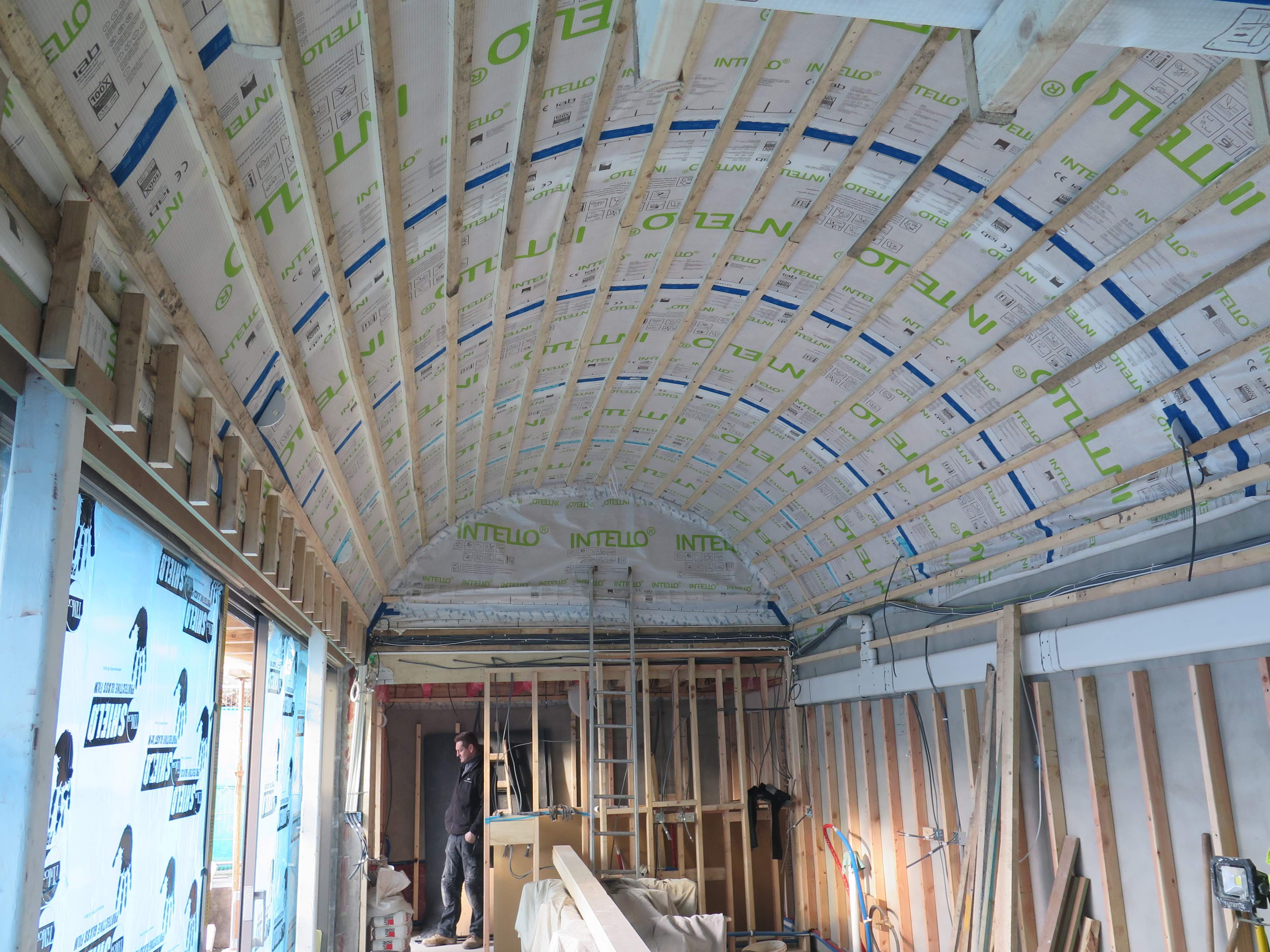

200mm of high performance EPS external wall insulation (Conductivity 0.031 W/mK) being fitted to walls of our nZEB house currently under construction. Rockwool mineral wool insulation is being used to provide vertical fire-stopping / fire-breaks.

The external walls are built using low-conductivity ‘Thermal-Liteblock’ concrete blocks, and there will also be an additional internal layer of 50mm mineral wool insulation together with a wet-plaster airtightness layer. The U-Value of the complete wall construction has been calculated at less than 0.12 W/m2K (Floor U-Value: 0.09 W/m2K, Roof U-Value: 0.11 W/m2K, Windows U-Value: 0.75 W/m2K)

The wall insulation layers are designed to be continuous with the floor and roof insulation in order to eliminate thermal bridges at junctions. This is important both to prevent additional heat losses that would occur otherwise at the junctions of the wall, floor and roof planar elements, as well as to ensure interior surface temperature factors (fRsi) are sufficient to avoid cold spots and potential condensation (& mould growth) risks. A specially designed threshold detail has been developed for the fixing of the large format glazed doors and screens using stainless steel bracket support angles, faced with 180mm of XPS (extruded polystyrene) carried down to foundation level.

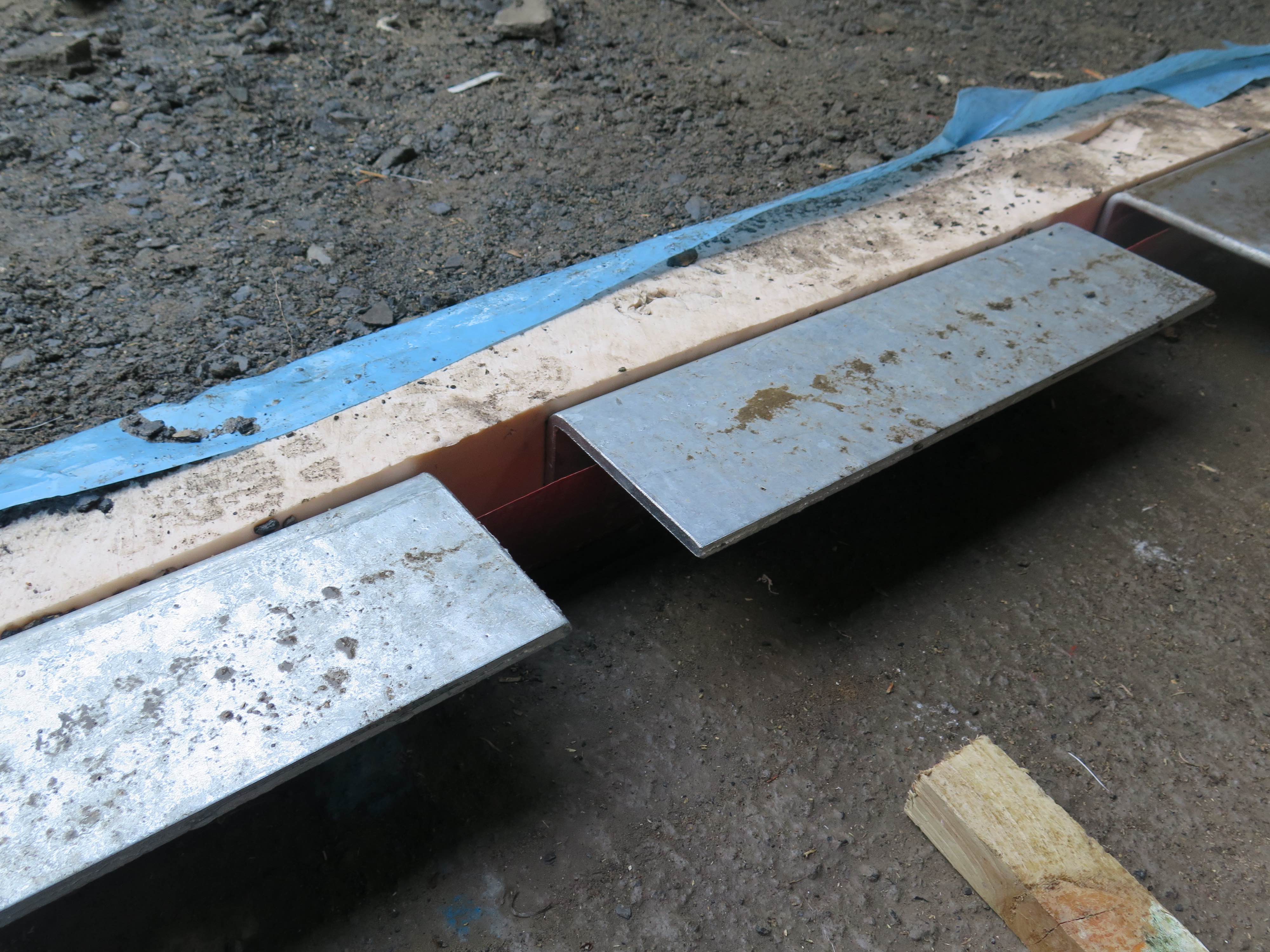

Academic paper by Daniel Coyle on the cost optimality of Passive House standard deep retrofit of an existing dwelling has been published in the recent addition of SDAR Journal of Sustainable Design and Applied Research.

The paper which is a summary of Daniel’s MSc Research Thesis, examines an economic analysis of a Passive House Retrofit Project in Galway City, Ireland, using Life Cycle Cost Analysis (LCCA). This is a deep retrofit of a semi-detached house involving significant capital investment to achieve Passivhaus standard and significant reductions in energy usage; however, the payback is long. The critical impact of discount rate, investment time frame and energy price escalation on cost optimality for deep retrofit projects is highlighted.
Download a copy of the SDAR paper here: https://arrow.dit.ie/cgi/viewcontent.cgi?article=1043&context=sdar
Download the full MSc Research Thesis here: https://arrow.dit.ie/builtmas/22/